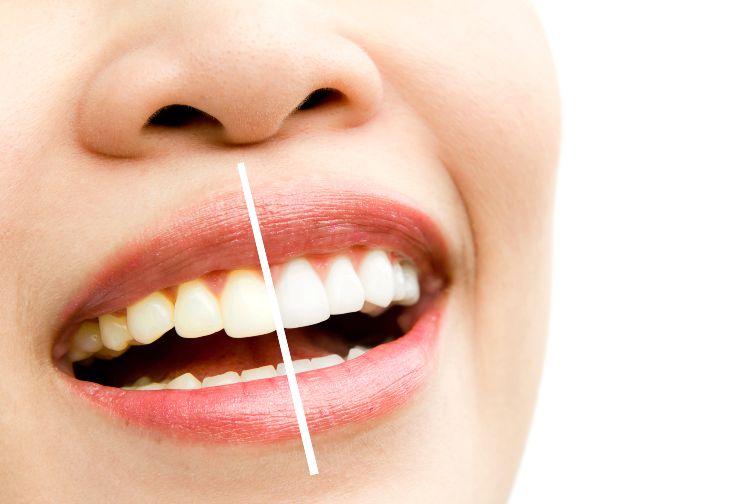Enamel hypoplasia sounds rather daunting on paper, doesn’t it? But fret not! We’re here to correct any misconceptions and reassure you that this condition is quite treatable. Of course, the dental treatment itself depends on the severity of the condition, but its main goal moves along the lines of:
Most importantly, this condition is more common among teenagers and children, although adults are not necessarily exempt. We grant you that having hypoplastic teeth isn’t a pleasant sight in the mirror, but rest assured, dentistry has come a long, long way.
So what is enamel hypoplasia? What causes it and what can be done to prevent it? And if your family has a history of enamel deficiency, how can we detect and treat it in a timely manner?
Enamel hypoplasia is best described as a lack of protective tissue covering the crown. People - mostly kids - who have this condition are often prone to tooth decay simply because their enamel hasn’t developed enough to provide adequate protection.
A tell-tale sign of hypoplastic enamel is usually brown spots forming on the surface of the teeth. In rare cases, a person may develop a completely brown tooth, which is why some people may resort to dental crown implants to fully restore their grins. After all, it’s a simple and effective procedure.
Goes to show, the color itself is often a strong indicator. But regardless of whether you notice any color changes, maintaining the health of the mineral-based compound that envelops our teeth is essential.
Fail to do so and there’s a probability your teeth will remain exposed to various bacteria, viruses, and harmful food, which can only exacerbate the problem. Children, in particular, might have to undergo enamel treatment procedures to fend off tooth decay and cavities.
There are two types of enamel hypoplasia: hereditary enamel hypoplasia and environmental enamel hypoplasia.
As the name suggests, hereditary hypoplasia is an inherited defect or illness. Environmental hypoplasia, on the other hand, can be caused by a myriad of external reasons, such as bacterial or viral infection, nutritional factors, birth injury, dental fluorosis, trauma, abnormalities, etc.
Of course, your first line of defence is brushing your teeth regularly, and frequent bruxism treatment should you have issues with teeth-grinding. But enamel hypoplasia may require a little expert help, nonetheless.

The signs are very subtle at the early stages, but that’s the best time to act, no two ways about it. Here are the most common symptoms of enamel hypoplasia:
If you notice any of these symptoms, make sure to visit the dentist ASAP. This is by far the best way to prevent any further damage and ensure natural teeth remain healthy and strong.
As we mentioned before, there are two types of enamel hypoplasia - hereditary and environmental. Each of them has its own causes.
Hereditary hypoplasia causes:
Environmental hypoplasia causes:

The most common treatment options include:
However, you should also know that some cases of enamel hypoplasia are very mild and probably won’t require treatment. Nonetheless, sensitive teeth should be examined on a regular basis, just to be on the safe side.
If an infant is under your care, our suggestion would be to take him or her to the dentist the moment teething starts. This usually happens sometime before the first birthday. Early screening can effectively determine whether there’s hereditary hypoplasia, which leaves enough time to establish a sound prevention plan.
If, however, you’re the one struggling with this issue, the best way to cure it is to prevent it. Yes, it sounds like a doctor’s cliche, but it’s true. Here’s how you can prevent enamel hypoplasia.
Enamel hypoplasia might sound like a dreadful disease, but trust us, it’s not all that bad if not treated properly. Lots of people have it and live their lives normally. Just make sure to do thorough checks on a regular basis and if you detect any symptoms of this condition, ring up your dentist.
If your kid is fortunate enough not to have hereditary enamel hypoplasia, try your best to prevent the environmental one. Remember, a little goes a long way, and dental hygiene is not exempt.

